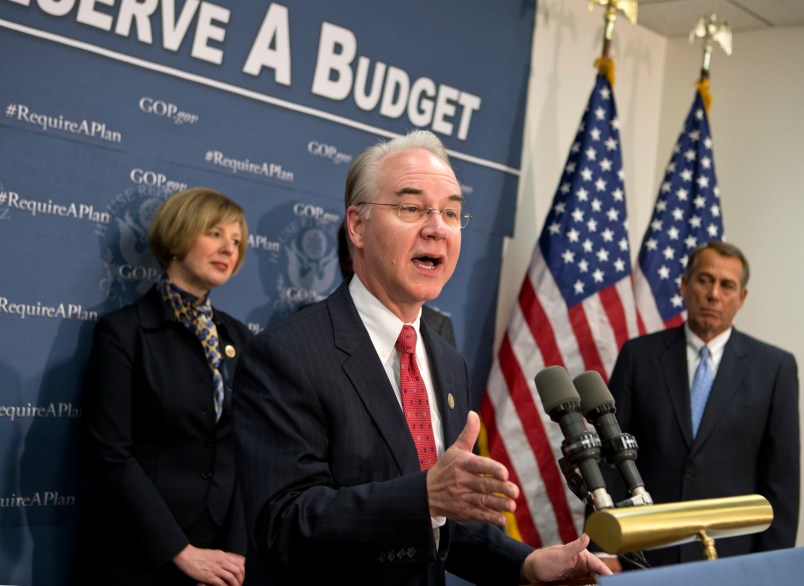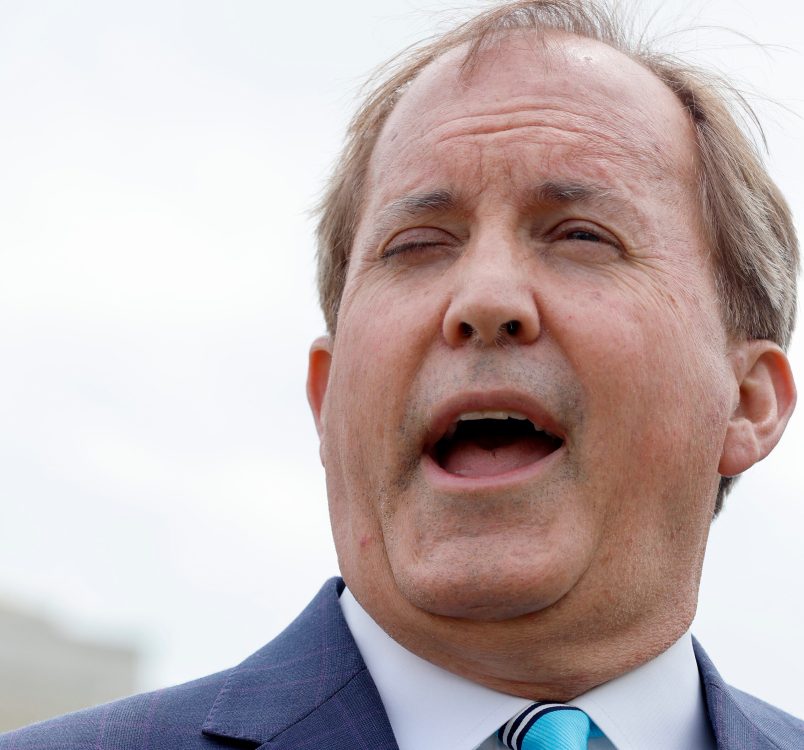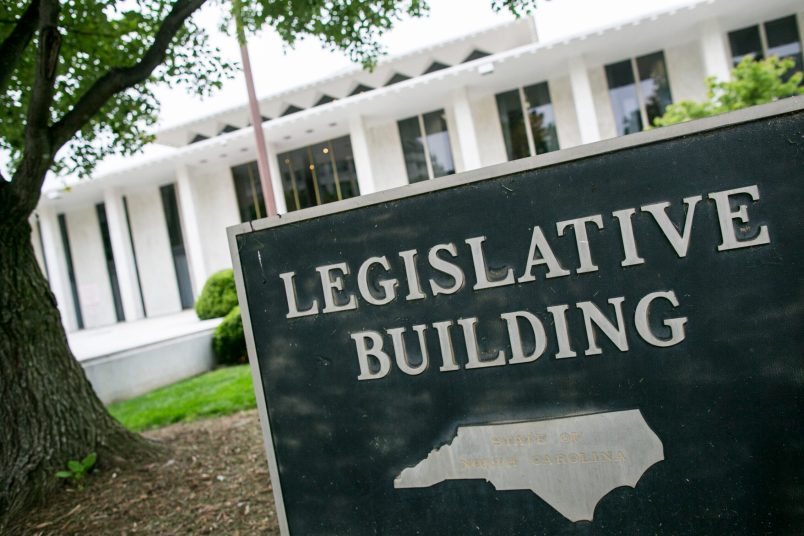WASHINGTON — Meet the new House Republican budget. It’s pretty similar to the old House Republican budgets.
The party’s new budget resolution, “A Balanced Budget For A Stronger America,” was released Tuesday by House Budget Chairman Tom Price (R-GA), who assumed the mantle from Rep. Paul Ryan (R-WI) in January.
Here are five things to know about the budget.
Tax cuts, tax cuts, tax cuts!
The budget calls for lower tax rates on individuals, families, corporations and small businesses (although it doesn’t specify the rates) while “closing special interest loopholes that distort economic activity.” It would repeal the Alternative Minimum Tax.
It also calls for steep cuts to domestic programs such as food stamps and Pell Grants, more state control over Medicaid, higher defense spending (up to $613 billion in fiscal year 2016), no changes to Medicare or Social Security over the next decade and a call to balance revenues and spending within 10 years.
The budget keeps Ryan’s “premium support” plan to convert Medicare into a private-public hybrid after a decade in which seniors would get a subsidy to buy a private insurance plan or stay in traditional Medicare.
Special GOP math to achieve balance in 10 years
The budget assumes that the Republican policies would “result in positive economic feedback effects” that would lower the federal deficit by $147 billion. That assumption is critical to making the budget balance over 10 years, although it is highly controversial. The nonpartisan Congressional Budget Office has traditionally avoided basing its forecasts on this “dynamic scoring” method, because macroeconomic effects are based on a variety of factors other than fiscal policy and are difficult to measure.
So long, Obamacare!
“This budget repeals Obamacare in its entirety – including all of the tax increases, regulations, subsidies, and mandates,” the blueprint states.
One part of the law that it does not repeal is the $700 billion in Medicare cuts to insurers and providers, and instead seeks to “ensure Medicare savings go toward improving Medicare solvency, not to pay for a new entitlement.”
There is no Obamacare replacement plan in the budget.
The closest it gets is a call to “empower patients – whether we are talking about increasing competition and transparency in the health insurance market or allowing individuals to join together voluntarily to pool risk so no person is priced out of the market even if they have a pre-existing condition.”
A showdown over Social Security
The GOP budget does not propose specific changes to Social Security or Medicare benefits for the next decade, despite the party’s warnings that the programs are going bankrupt and need to be reformed. “As before,” the budget says, “our plan makes no changes to those in or near retirement.”
But the budget sets the stage for a showdown next year on Social Security. Mirroring a new House rule adopted in January, the budget prohibits a “reallocation” from the Social Security retirement program to replenish funds for the Disability Insurance trust fund, which goes in the red in 2016.
The blueprint calls for a “bipartisan commission that would be required to study the structural deficiencies within the current Social Security system and report back with specific legislative proposals for Congress and the President to consider.”
Wiggle room for the Republican presidential nominee
One goal of the budget is to avoid pigeonholing the Republican Party’s 2016 presidential candidate into politically untenable positions that would alienate big donors or the base. So it mostly sticks to existing ideas that are popular in conservative circles — thus the tax cuts, higher military spending and dodge on entitlements. The parts of the budget it cuts, domestic discretionary spending, mostly assist the poor and working class.
A Balanced Budget for a Stronger America
This article has been updated for clarity.






